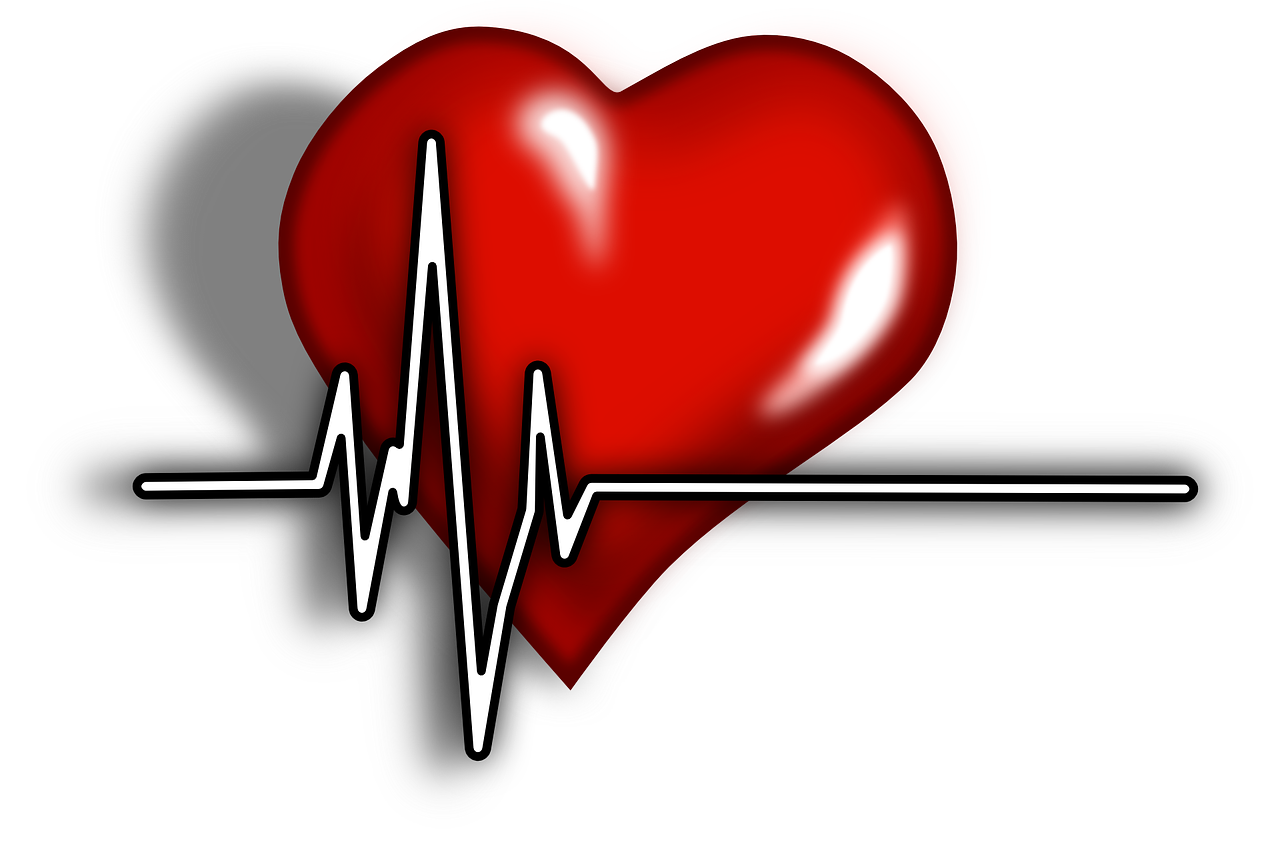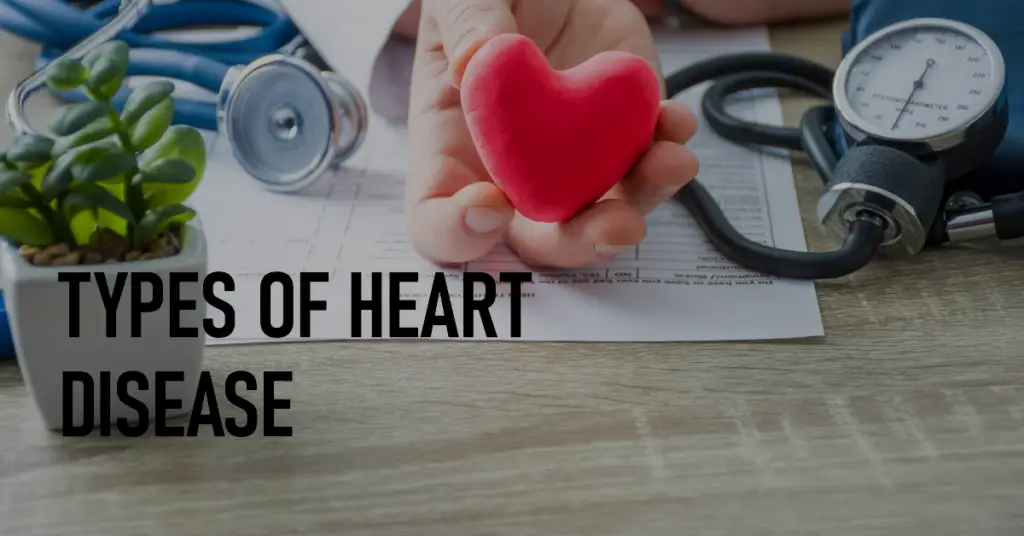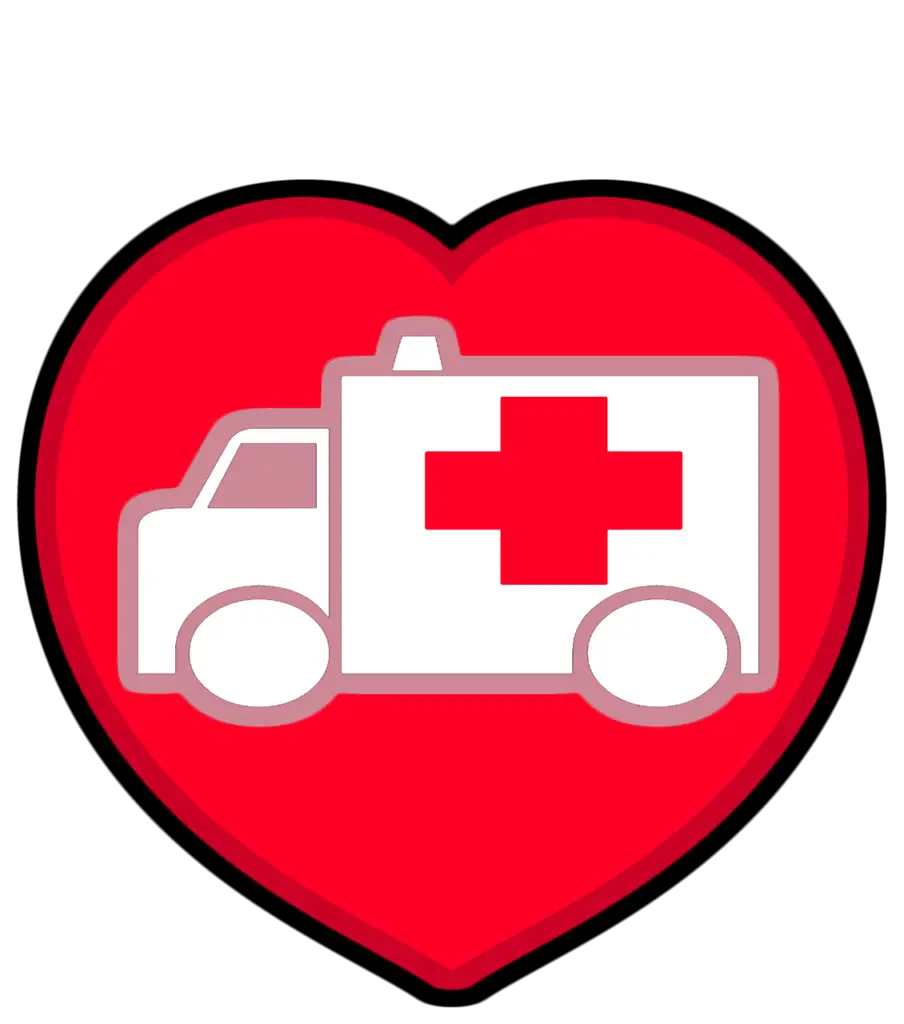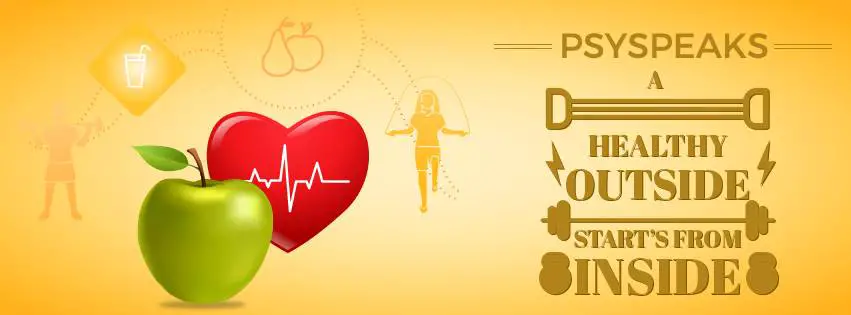
Cardiovascular disease is one of the top reasons for death in many countries. Every year millions of death occur due to cardiovascular diseases. Some are by birth, but a majority of heart diseases builds over the period of a lifetime as we grow old and old. There are many different types of heart disease. These are as follows –

• Coronary Artery Disease –
This is a condition in which blockage arises in the coronary due to which the heart muscles don’t get enough blood and oxygen. A patient can have sudden death without warning. It usually occurs in people who have had heart attacks or any other heart damage.
• Angina –
Angina is a condition in which the patient experience pain when their heart is not getting enough oxygen and nutrients. It can occur due to narrowing of the arteries or muscle spasms in the coronary arteries. Such spasms can occur due to smoking, cold weather, emotions, and many other reasons. It’s not a heart attack and it also doesn’t cause permanent heart damage.
Symptoms of Angina
• Discomfort
• Shortness of Breath
• Tightness
• Heaviness
• Indigestion
• Pain
• Fullness
• Burning
• Cramping
• Sweating or Dizziness
• Squeezing
• Numbness
• Pressure
• Aching
If you experience any of these signs given above, you need to sit or lie down, stop doing anything and just relax. If it doesn’t stop call somebody or 911.
• Arrhythmia
It is a condition in which the heart’s electrical system does not function normally like irregular, slow, or skip beats. This will cause the heart to beat faster or slower than normal as per the situation. , or erratically. These abnormal rhythms are called arrhythmias. Symptoms of Arrhythmia are – Fainting, Dizziness, shortness of breath, fatigue, and chest pain or rapid beats or pounding of the heart.
• Silent Ischemia – This is a form of coronary artery disease in which the patient experience reduced blood flow to the heart muscle and very little pain. It usually occurs during physical exertion.
• Heart Failure
Heart failure is a situation in which the heart isn’t pumping enough blood so that it could meet our body’s needs. It doesn’t mean that the individual is about to die. Symptoms of heart failure are –
Swelling in the feet, ankles or legs along with fatigue, sleep apnea, and cough.
• Peripheral Arterial Disease
Peripheral arterial disease (PAD) is a condition which occurs due to blockage of the flow of oxygen-rich blood to the legs and feet. Symptoms of PAD is –
• Changes in the color of the skin on the leg (pink to blue)
• Pain or cramping after walking short distances
• Coldness
• Ulcers
• Numbness
• Loss of hair on the lower leg
• Brown spots on the skin
• Swelling
• Heart Attack (Myocardial Infarction)
This is a condition in which a part of the heart muscle will be damaged as the blood flow is blocked in that area. If anyone experiences this you need to go take that person to the hospital as soon as possible or you can follow other methods too.

Signs and Symptoms of a Heart attack
• Intense pain or squeezing in the chest
• Shortness of breath
• Nausea or vomiting
• Rapid heartbeat
• Pain in shoulders, neck, or arms
• Lightheadedness or fainting
• Sweating
• Severe weakness




